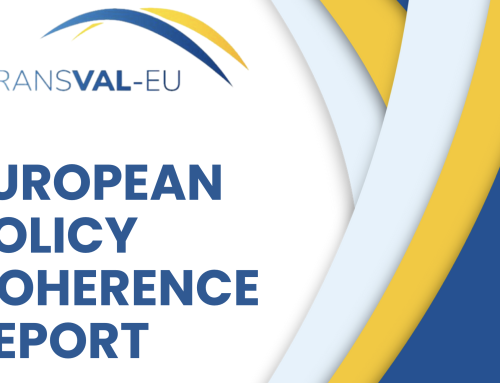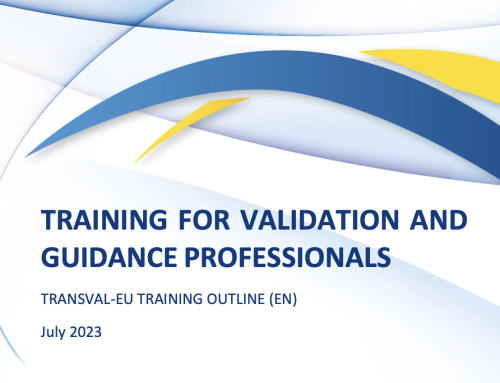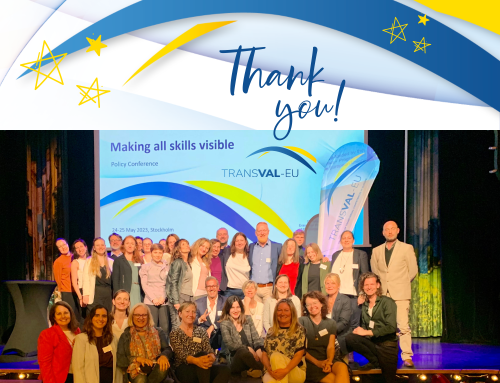On the Intersection of Guidance and Validation
The discourse on validation has been ongoing since the first set of Guidelines for validation of non-formal and informal learning by the European Commission and the European Centre for the Development of Vocational Training (Cedefop) was issued in 2009; followed by the Recommendation of the Council of the European Union in 2012. Validation of non-formal and informal learning encompasses different phases, depending on the validation arrangement: identification – documentation – assessment – certification.[1] Differentiating the stages of validation facilitates the discussion and helps to see validation as a systemic approach in Europe.
In the last revision of the Cedefop Guidelines (2015)[2], guidance and counselling were noted as crucial for developing and implementing validation.[3] This perspective was further pursued in 2019, when Cedefop conducted a study on the links between guidance and validation, focusing on the synergy effects in a joint understanding of the practices. [4]
The forms of relationship between validation and guidance that are noted in the research paper point inter alia to the degree of formalisation of the validation and guidance relationship, with regards to the exchange of information and the support offered to individuals: “Guidance outputs, such as skills identification, can support certification if they share competence standards and if relevant information is properly documented and transmitted, so that it can be used and further developed”. [5]
The practitioners being at the heart of a successful coordination and their respective roles and competences are crucial. Therefore, the policy recommendation in the Guidelines focuses on ensuring training provisions, with a focus on skilled practitioners.
The benefits of greater coordination between validation and guidance encompass “efficient allocation of responsibilities […] and smoother transitions between validation and guidance”.[6] By choosing validation and guidance practitioners as a target group, TRANSVAL-EU experiments on this very aspect and aims to create a joint understanding for the competences needed to provide support in guidance and validation procedures, on how to make transversal skills visible.
[1] Council Recommendation on the validation of non-formal and informal learning (2012/C 398/01), p.3
[2] Cedefop (2015). European guidelines for validating non-formal and informal learning. Luxembourg: Publications Office. Cedefop reference series; No 104. http://dx.doi.org/10.2801/008370
[3] Idem, p. 21.
[4] Cedefop (2019): Coordinating guidance and validation. Luxembourg: Publications Office of the European Union. Cedefop research paper; No 75. http://data.europa.eu/doi/10.2801/801290
[5] Idem, p. 7.
[6] Idem, p. 78




